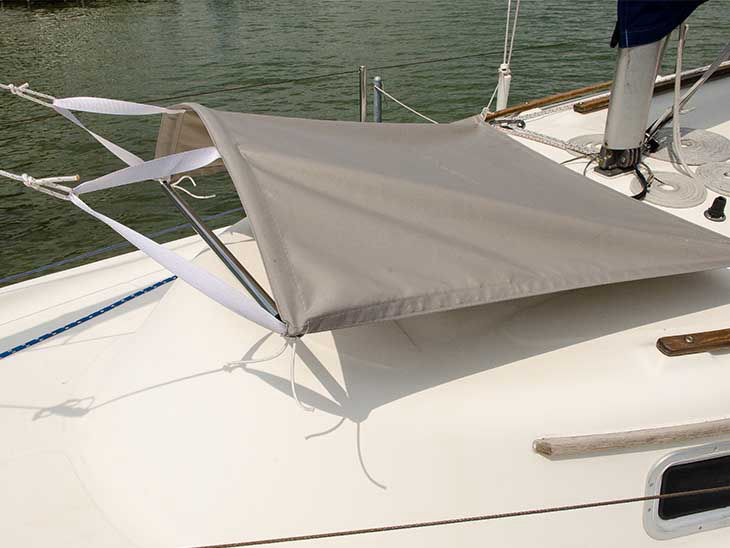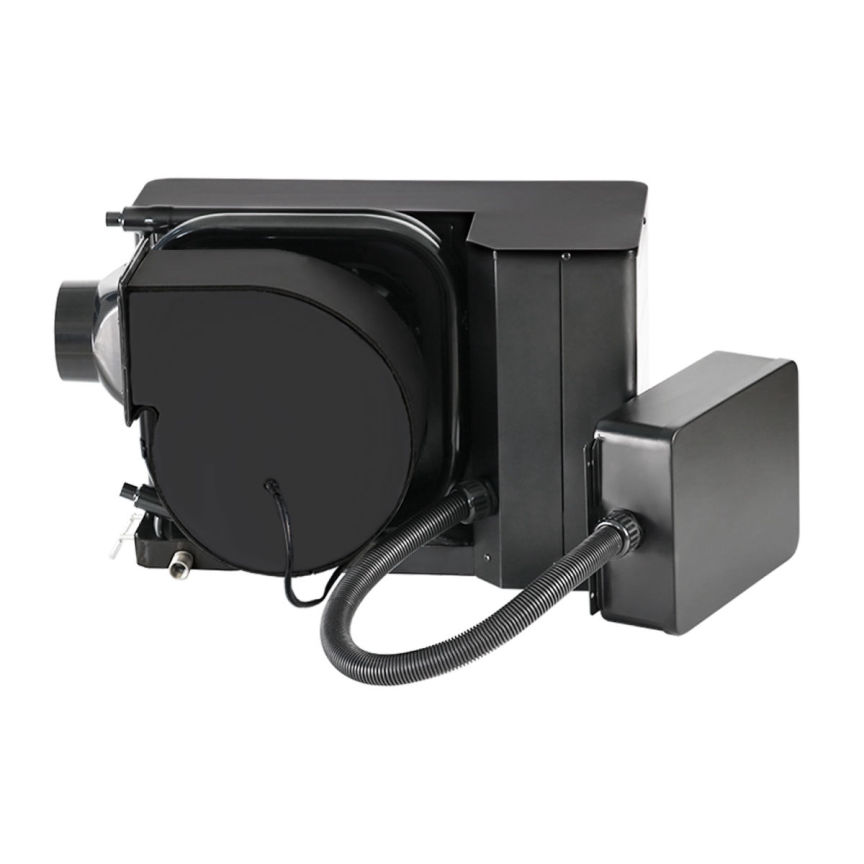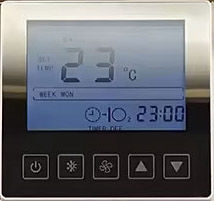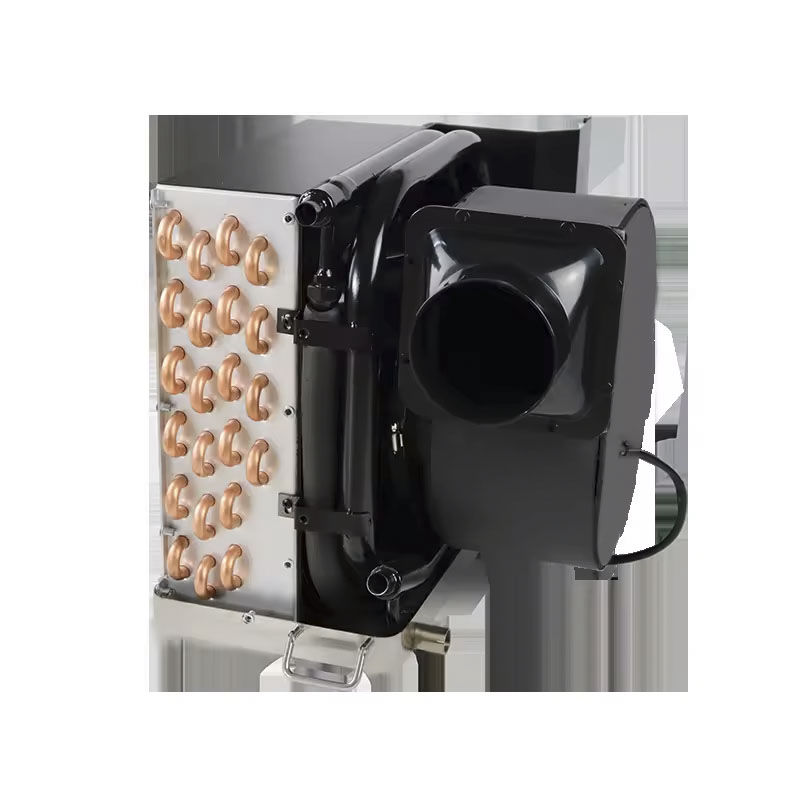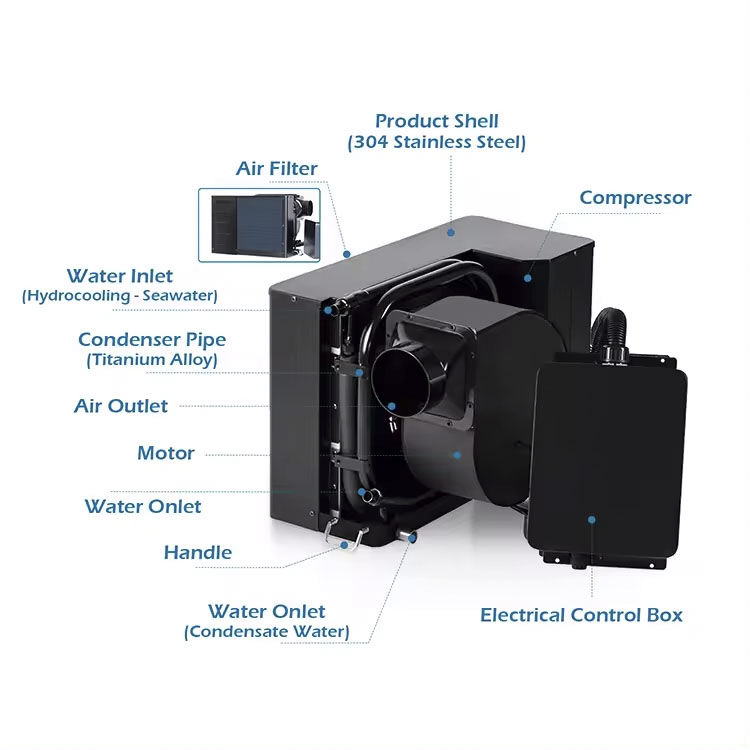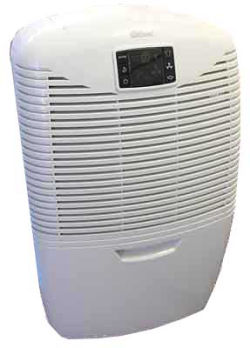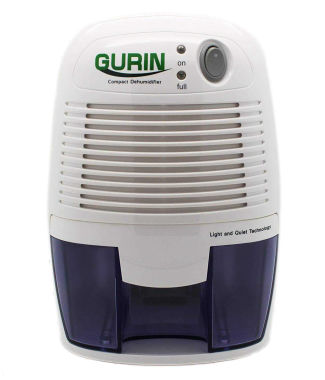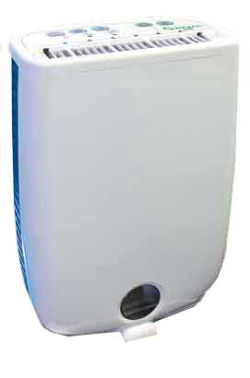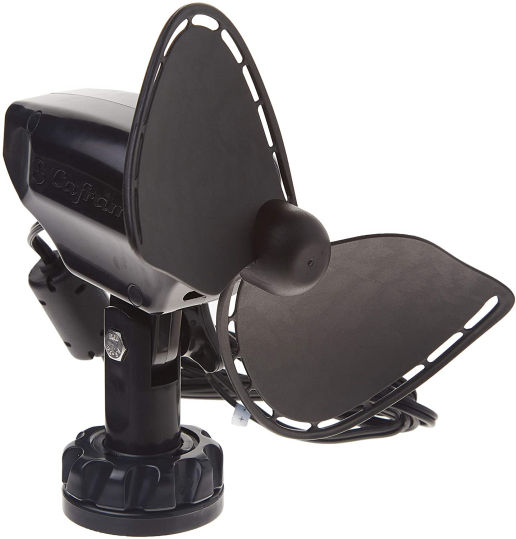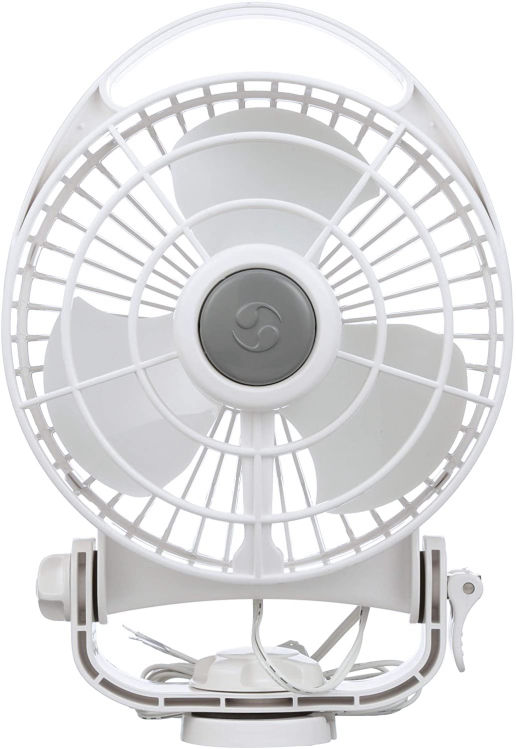Though A/C is not something that you will leave on all the time, it is something we plan to have on S/V Lynx, especially for hot nights in the tropics. One of reasons we plan to go with a Combo Hybrid Propulsion System is so that we have a massive battery bank. This allows us to run the A/C units in the cabins all night long without having to turn on a motor or generator. That means we aren't making a loud racket and disturbing other boats in the anchorage while they are trying to sleep.
With four cabins needing A/C and assuming each of them is using 9,000 BTUs, they each burn about 12.5 amps (at 48v). That works out to 400ah over eight hours, assuming the A/C units ran all 8 hours. Of course, they will shut down at times so they will use less than 400ah. Our boat will have about 690 ah of battery power, though only 552 ah are usable. Still, as long as we start with full batteries we will have enough for a full night even if they ran continuously.
In addition, A/C dehumidifies the air, so it cuts down on mildew and mold. They also act as heaters for when we are in cold climates (like above the arctic circle in Norway).
Here are the A/C units we choose...
